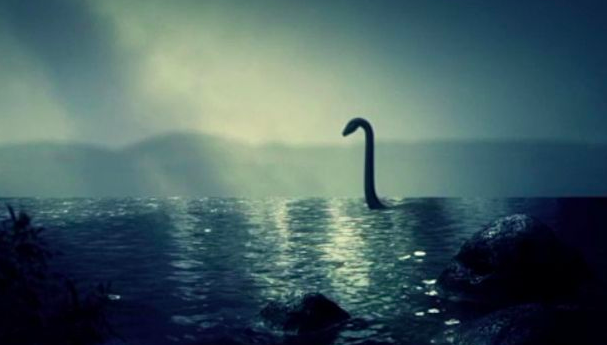Over 200 years ago, evidence showed a decline in the number of ‘serpent forms’ sighted and an increase in the number of plesiosaurs sighting, especially in Scotland’s Loch Ness. Although this report dates back to the 6th century, the discovery of dinosaur fossils in the early nineteenth century greatly influenced belief in the Scotland Loch Ness sighting reports.
The first dinosaur fossil was discovered in 1819 by William Buckland, a British fossil hunter. This increased the percentage of sighting of monsters in the time frame to 50%. This was because more people believed the Loch Ness sightings to be a plesiosaur which managed to escape the mass extinction of dinosaurs.
However, the nineteenth century’s infamous “Surgeon’s photograph” believed to be taken by Robert Kenneth Wilson, a London gynaecologist, spiked the curiosity of a lot of people in the alleged creature living in Loch Ness, Scotland. The “Surgeon’s photograph” was published in 1934 and shows the head and neck of a creature although it was later proven to be a hoax.
Presently, a study carried out by Darren Naish, a palaeontologist of the University of South Hampton and Charles Paxton, a researcher at the University of St Andrews and published in “Earth Sciences History”, has a different perspective. The scientific journal report suggests the sightings in Loch Ness were influenced by the “Surgeon’s photograph” and that no such creatures like Loch Ness Monster exist or was sighted in Loch Ness within the time frame. Scientists have decided to analyse Loch Ness’ water using environmental DNA and hope to be able to identify the actual creature swimming in it.


